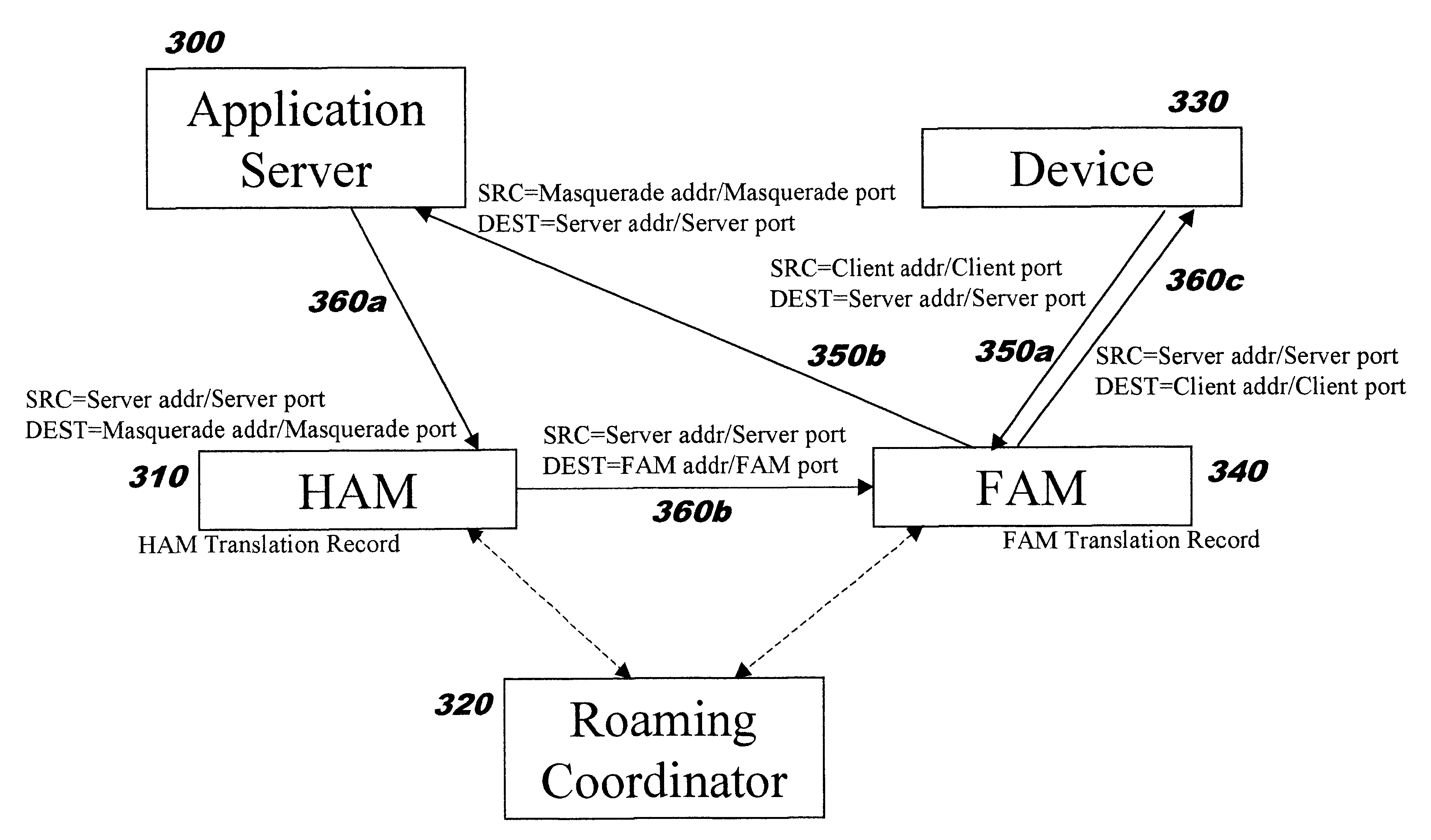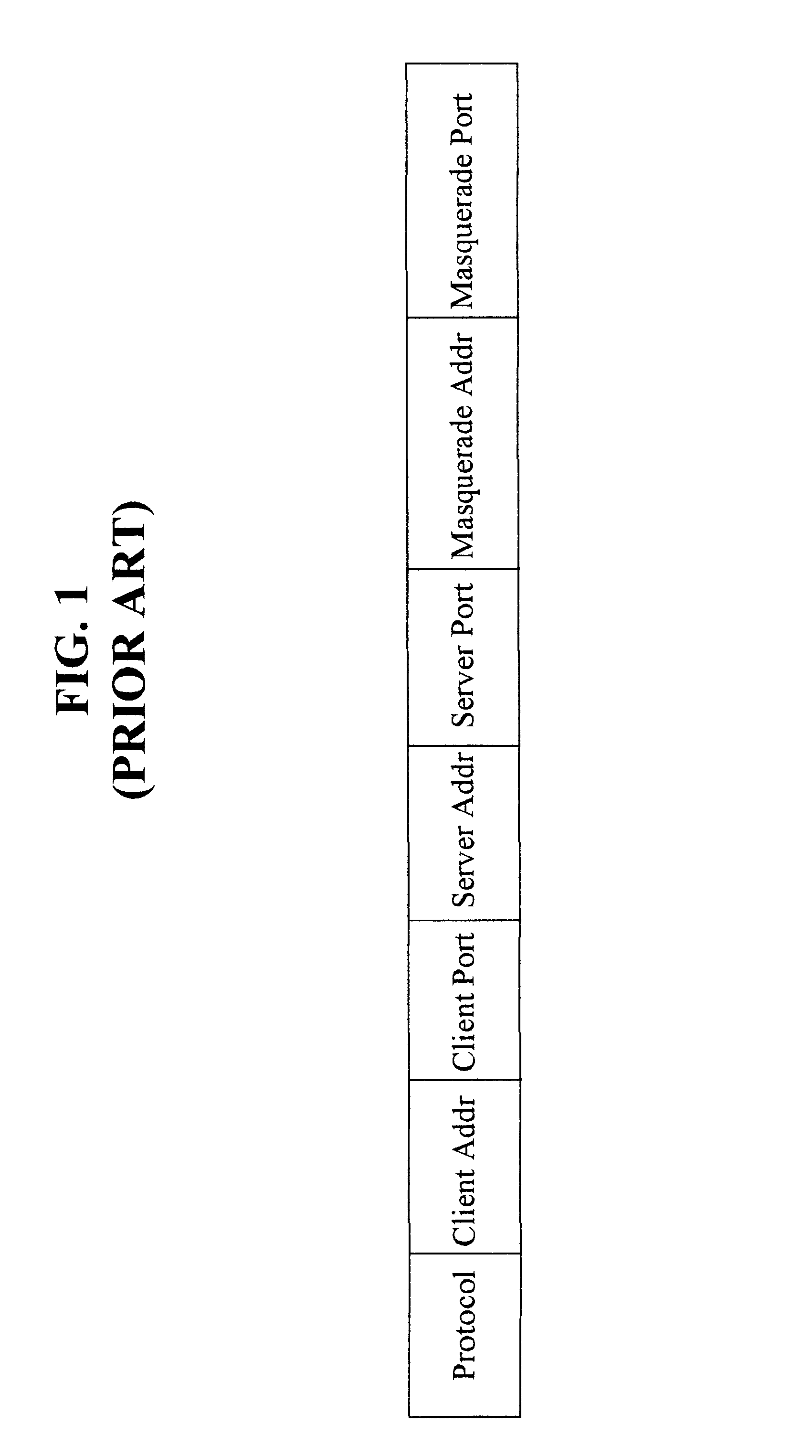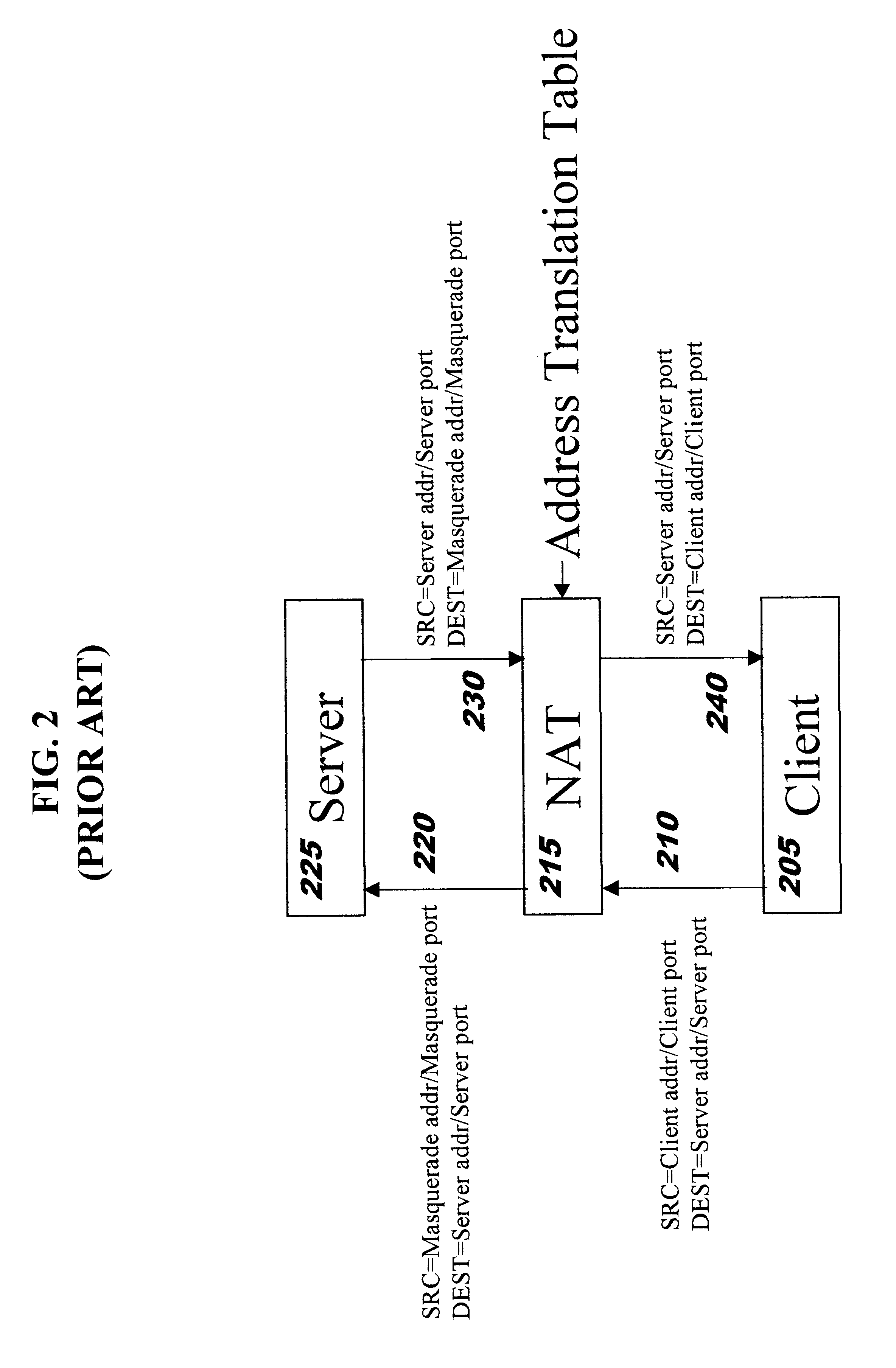Providing secure network access for short-range wireless computing devices
a technology for wireless computing and secure network access, applied in the field of computer networks, can solve the problems of increasing bandwidth consumption, requiring additional fragmentation and re-assembly, and mobile ip numbers, and achieves the effects of improving overall system performance, high performance, and high scalabl
- Summary
- Abstract
- Description
- Claims
- Application Information
AI Technical Summary
Benefits of technology
Problems solved by technology
Method used
Image
Examples
Embodiment Construction
The present invention will now be described more fully hereinafter with reference to the accompanying drawings, in which a preferred embodiment of the invention is shown. Like numbers refer to like elements throughout.
The present invention is described below with reference to flowchart illustrations of methods, apparatus (systems), and computer program instructions embodied on one or more computer readable media according to an embodiment of the invention. As will be obvious to one of ordinary skill in the art, these flowcharts are merely illustrative of the manner in which a preferred embodiment of the present invention may be implemented, and changes may be made to the logic that is illustrated therein (for example, by altering the order of operations shown in some cases, by combining operations, etc.) without deviating from the inventive concepts disclosed herein.
The present invention builds upon the use of Network Address Translation (NAT), which is well-known by those skilled i...
PUM
 Login to View More
Login to View More Abstract
Description
Claims
Application Information
 Login to View More
Login to View More - R&D
- Intellectual Property
- Life Sciences
- Materials
- Tech Scout
- Unparalleled Data Quality
- Higher Quality Content
- 60% Fewer Hallucinations
Browse by: Latest US Patents, China's latest patents, Technical Efficacy Thesaurus, Application Domain, Technology Topic, Popular Technical Reports.
© 2025 PatSnap. All rights reserved.Legal|Privacy policy|Modern Slavery Act Transparency Statement|Sitemap|About US| Contact US: help@patsnap.com



